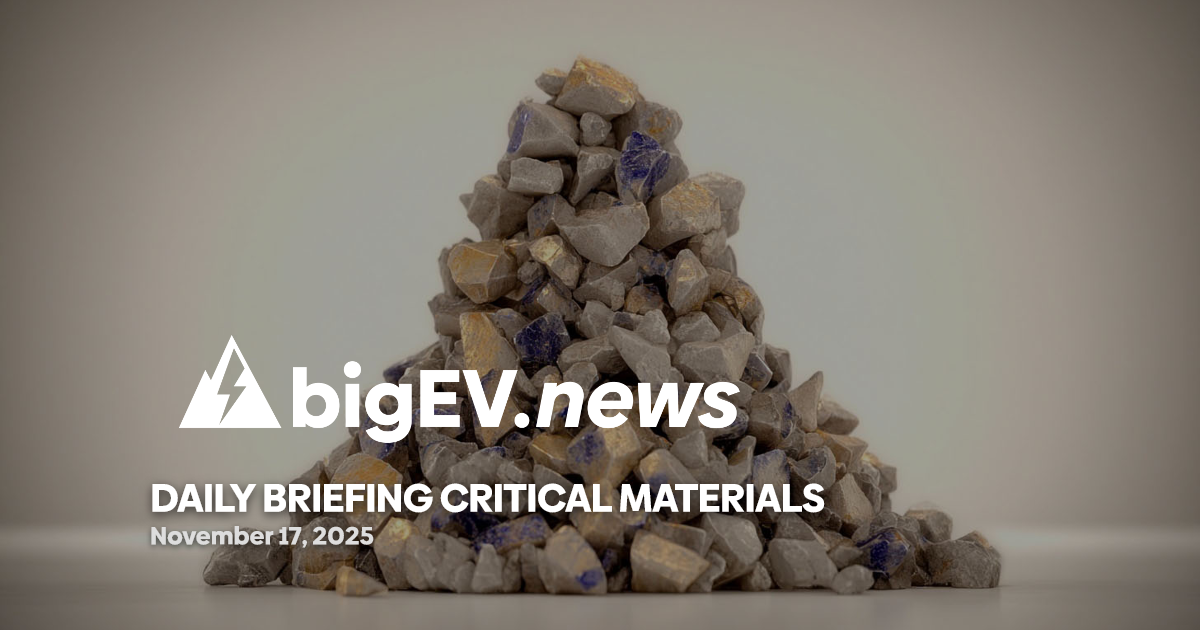The quest for innovative battery materials has reached a pivotal moment, driven by the integration of artificial intelligence into material discovery processes. Microsoft researchers recently demonstrated the capability of AI to sift through an astonishing 32 million candidates, identifying a novel material that could significantly reduce lithium usage in batteries within just 80 hours. This breakthrough not only highlights the efficiency of AI in addressing the critical challenge of finding suitable materials but also underscores the urgency of developing alternatives to lithium-ion batteries, which rely on scarce and costly elements. The Pacific Northwest National Laboratory is set to synthesize and test the promising candidate, NaxLi3−xYCl6, marking a significant step toward practical applications of AI-generated battery chemistries.
The implications of these advancements extend beyond mere material discovery; they signal a transformative shift in battery technology. Researchers worldwide are increasingly leveraging AI and machine learning to explore new chemistries that promise enhanced performance and safety while utilizing more abundant materials. For instance, the work of Dibakar Datta at the New Jersey Institute of Technology focuses on multivalent batteries, which could offer greater energy storage capacity. Meanwhile, IBM's approach emphasizes the identification of new electrolyte candidates through AI-driven models, enhancing the efficiency of battery design. As both Microsoft and IBM explore the potential of quantum computing to model complex chemical interactions, the future of battery technology appears poised for a revolution, promising not only improved performance but also sustainability in energy storage solutions.









